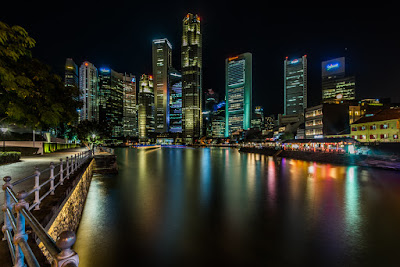
1.Selection
I don't have a lot of Singapore pictures, since I only shoot when I go on Biz Travels, and timing wise, not always that fantastic. I struggled to find those "print" worthy.
I picked the top pix, as it was obviously Singapore, and did quite well on social websites like 500px and Pixoto - which was taken fairly recently. I had to dig through some older pictures.
The last picture in this blog, was the one I thought over the most, I hated it when I took it, just didn't make it. But I didn't have enough, so decided to see what could be done.
2.Post Processing
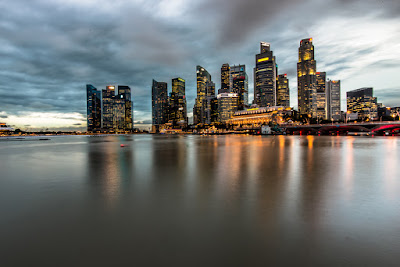
Since I was going to print this biggish, I wanted to re-touch up the post processing of the pictures - for facebook, I don't really do much, as FB resolution is small, and often degenerate the picture anyway.
But this picture, which I previously liked, looked bad. I struggled with the post processing, the sky too grey, the sea not clear enough.
Anyways, I finally went to the printer, and got the 5 printed. I realized it's really nice to see pictures printed out. But all the flaws are also blown up.
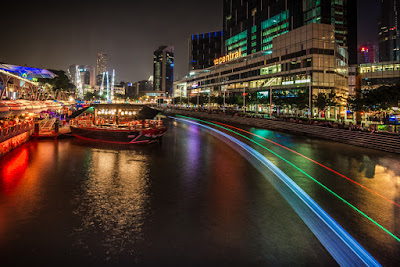 3.Lessons from the Print - Calibrate your Monitor
3.Lessons from the Print - Calibrate your MonitorThe B&W picture were fine, but the color pictures, just seem a bit off. I was not so happy with my post-pro, and how it turned out. There IS a difference, and next time I do something similar, I will invest in a monitor calibration spyder thingee.
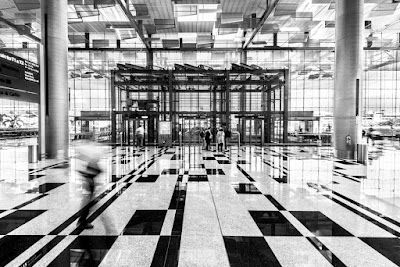
4.Lessons from the Auction - Prepare a story
My favorite picture was this @ Changi Airport. And I was really surprised that it was the "cheapest" at Rp1.2mn? It was the first photo, and people weren't so sure what to expect.
I realized that if I had prepared, and explained the picture or the story of the picture, it would probably have done better, or given it more meaning.
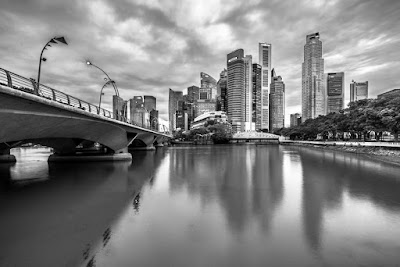
5.Lessons from the Auction - People see pictures diff from Photographers?
This was the picture which nearly didn't make it. I wasn't so happy with it - but surprisingly, this was hotly auctioned, and went for Rp7mn! and the 2nd bidder asked for a copy after too. I was completely blown away.
People seemed to like the B&W more, and suggested I shoot more of it. And it is partly because of the color being off, partly as they were mostly night scenes, and not the ideal golden hour.
But this gives me lots to think about. Maybe I will focus on B&W, which I love, but can't seem to find good enough pictures. I will need to work on this.
All in, besides this all for a great cause, it really was a big boost to my confidence that people paid money for MY photographs. I am really humbled. And I gotta keep working on my "craft" and keep shooting!





























